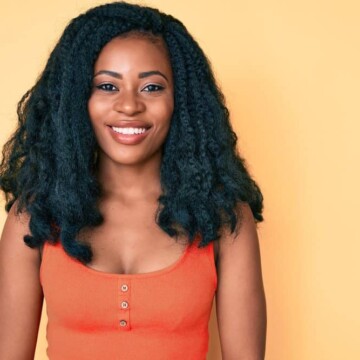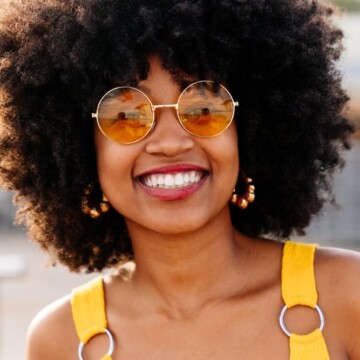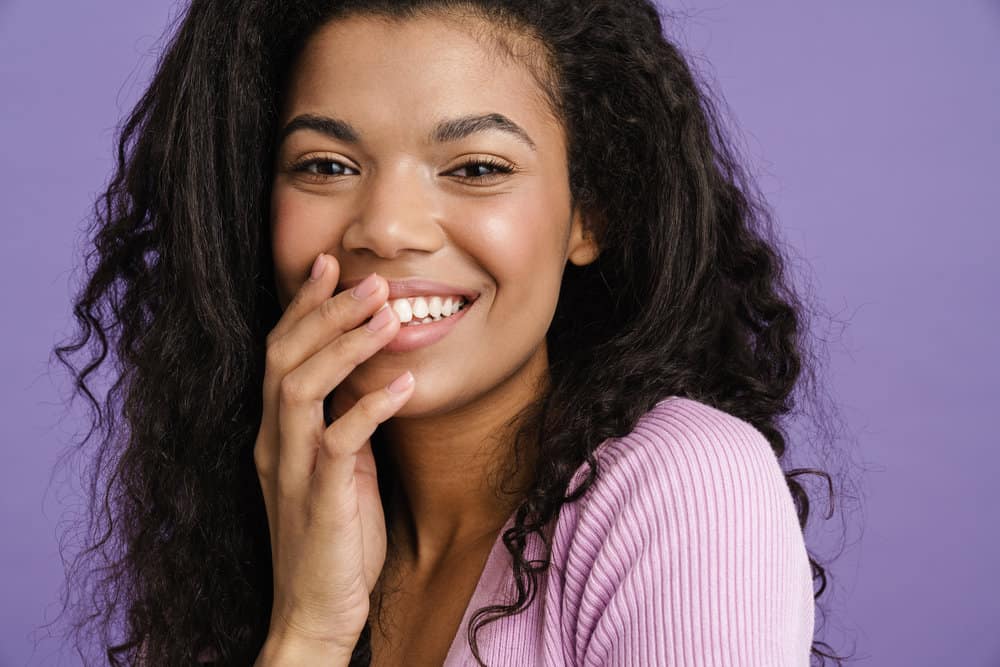
Gray hairs are notoriously difficult to cover, and not every developer is up to the challenge. If you choose one that's too strong, you'll sacrifice the health of your hair.
If it's too weak, your grays will continue to peek through. So, what's the right developer to use for covering gray hair? That's what we'll address in this article. Let’s get right into it!
Table of Contents
- 1 Developer Strengths and How They Work
- 2 What Volume Developer Should I Use to Cover Gray Hair?
- 3 30, 40, and 50 Volume Developers are Too Strong for Grays
- 4 Will 10 Volume Developer Cover Grays?
- 5 What Dye Color is Best for Covering Grays?
- 6 Tips for Covering Resistant Gray Hair
- 7 Know When to Consider a Professional Colorist
- 8 Embracing Gray Roots Is Always an Option
- 8.1 Should I Use 10 or 20 Developer for Gray Hair?
- 8.2 Does 10 Volume Developer Cover Gray?
- 8.3 What Happens if You Use 30 Developer Instead of 20?
- 8.4 How Do You Get Hair Dye to Stick to Gray Hair?
- 8.5 Will 20 Volume Developer Cover Gray?
- 8.6 Is It Better to Go Lighter or Darker to Cover Gray Hair?
- 8.7 Related Articles
Developer Strengths and How They Work
Developer is available in several different strengths (called volumes). The most common are 10, 20, 30, 40, and 50 volume. You'll also see professionals use developer as low as 6 volume, which is less commonly used.
Now that you know your options, which should you choose?
To answer that question, you first need to understand what developer is and how it works. Developer contains hydrogen peroxide, which lifts the color from your hair, allowing the new dye to take hold.
The higher the volume of developer, the more hydrogen peroxide it contains and the more it will penetrate your hair cuticles to facilitate color change.
Any time a chemical opens up your hair cuticles, your hair incurs some degree of damage.
The higher the hydrogen peroxide content, the greater the potential for damage. That's why it's essential to use the lowest volume developer possible to achieve your desired results.

What Volume Developer Should I Use to Cover Gray Hair?
For gray coverage, you'll want to use a 20-volume developer. It's strong enough to do the job of covering grays but not so strong that it will damage your hair beyond recognition.
This is the developer we recommend to anyone looking to cover their grays, regardless of their hair type.
Note: 20 volume developer is not without its faults. Even though it's on the lower side of the developer strength spectrum, it can still damage your hair if you're not careful.
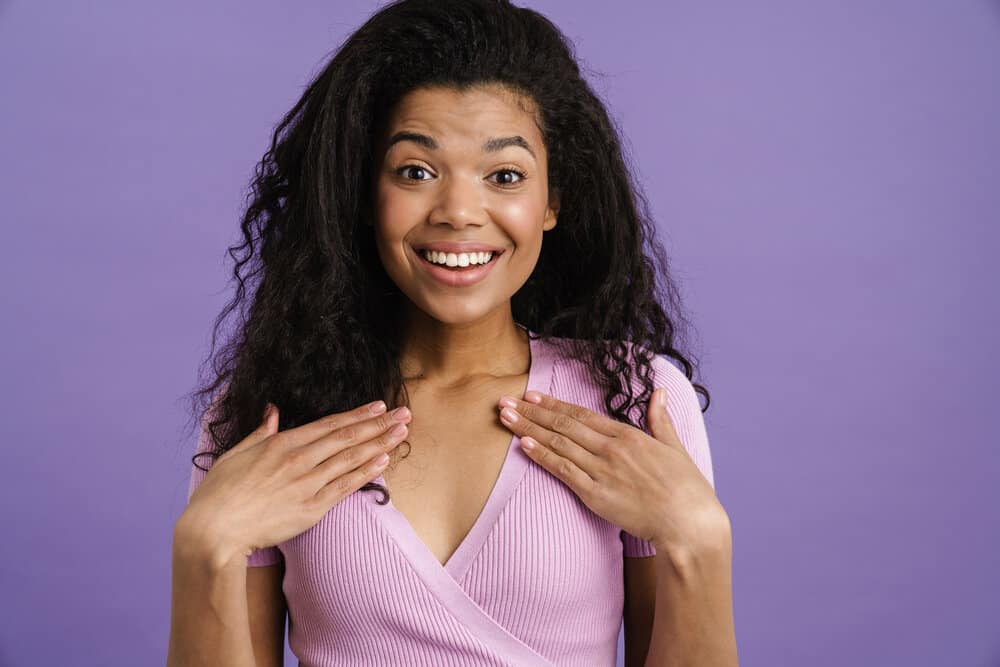
30, 40, and 50 Volume Developers are Too Strong for Grays
A 30-volume developer is simply too strong for covering grays in most cases. With just one use, it can cause a lot of damage.
Gray hair is prone to damage no matter what. It's often dry and wiry, making it more susceptible to breakage. So, if you want to cover your grays, we recommend avoiding this developer. Stick with a 20-volume developer - it will do the job while leaving your hair in reasonably good health.
For the same reasons, you should avoid using 40 or 50-volume developer to cover grays. They are the strongest developers of them all and are excessively strong. Even if you use them correctly, you will likely damage your hair.
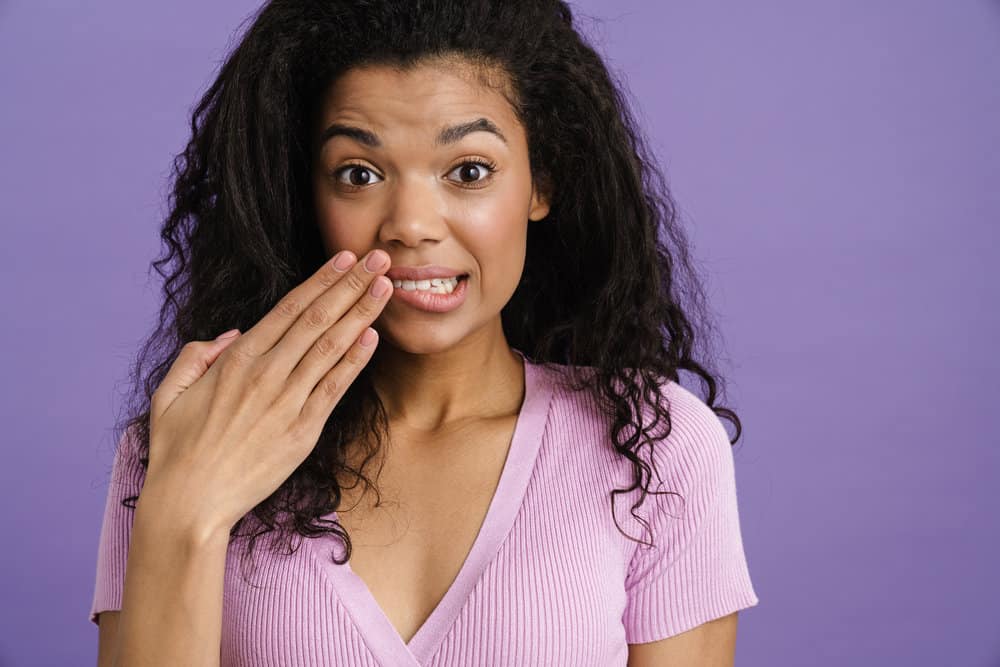
Will 10 Volume Developer Cover Grays?
In the interest of hair health, many wonder whether they can use 10 volume developer to cover grays. After all, it's the weakest developer available for all-over coverage and will cause the least damage.
Surely that would make it better for covering grays, right?
Unfortunately, the answer is no. Though using a weaker developer will limit damage, it simply won't be strong enough to penetrate the hair cuticle and deposit color. Pass on this one as well when trying to cover grays.

What Dye Color is Best for Covering Grays?
It's now time to choose a dye color, as your chosen shade also has an effect on how well your grays are covered. For the most natural look, we recommend using a dye color one shade lighter than your current hair color.
The lighter color will help to camouflage any grays that manage to peek through. If you're feeling adventurous, you can choose a totally different color! Just make sure you use a 20-volume developer to cover your grays.
Tips for Covering Resistant Gray Hair
Even with the right developer and dye color, some grays just won't cooperate. If you find yourself in this situation, don’t worry - there are a few things you can do to coax those gray hairs into submission. We'll cover them below!

- Thoroughly saturate your grays. When applying dye to gray hair, make sure you really saturate each one of those gray hair strands. This will help ensure good coverage. Use a tint brush to apply the dye to your grays, making sure each strand is completely coated. Err on the side of too much dye rather than too little - you can always wipe away any excess.
- Give your dye time to work. Once you've applied the dye, give it enough time to sink in and do its magic. We recommend waiting at least 15 minutes before rinsing. Ultimately, you should go with the instructions that came with your dye – they will almost always specify how long to leave the dye on for gray hair.
- Rinse with cool water. When it's time to rinse the dye out, make sure you use cool water. Hot water can cause the hair cuticle to lift, allowing color to escape and your stubborn grays to peek through.
- Use heat. Another way to help your dye penetrate the hair cuticle is to use heat. You can do this by using a hair dryer on low or by wrapping your head in a warm towel. Just make sure not to use too much heat, as this can damage the hair. If your hair is at all damaged, you should NOT use heat during the coloring process.
- Apply the dye to the grays first. When applying dye to your hair, make sure you start with the grays. Once they're taken care of, you can move on to the rest of your hair. That way, your grays will get the most processing time.
- Apply the dye in small sections. That's the only way to ensure that all of the grays are covered. If you try to apply the dye to too big a section at once, you're likely to miss some grays. And we all know that one missed gray can ruin your whole look!
Pro tip: After going through all the trouble of covering your grays, we're sure you want your color to last. To do that, use a color-safe shampoo and conditioner. These products are formulated to keep your color vibrant for longer.

Know When to Consider a Professional Colorist
There are some situations in which it's best to leave the dyeing gray hair to a professional. If you're trying to go more than three shades lighter or darker than your current hair color, for example, you'll likely need a colorist's help to achieve the look you want.
Also, if you just can't seem to get your grays to cooperate, it may be time to seek professional assistance.
A colorist will help you choose the right developer and dye color, and they'll also be able to give you tips for covering resistant grays yourself in the future.
If you're not sure whether or not you need a colorist, it's always best to err on the side of caution and consult one before proceeding.

Embracing Gray Roots Is Always an Option
Who says that you need to cover your grays at all? We’re in the midst of a gray hair-loving movement full of women and men who’ve chosen to let their grays grow out and embrace them.
Consider letting your grays be great! You don't have to hide gray hair!
After all, they're a natural part of the aging process, and they're beautiful when adequately cared for within an appropriate natural hair regimen.
Should I Use 10 or 20 Developer for Gray Hair?
For gray hair, using a 20-volume developer is generally recommended. This developer level provides better coverage and lift for stubborn gray roots while still being gentle on the hair. A 10-volume developer may not provide sufficient lift or color penetration for resistant gray hair.
Does 10 Volume Developer Cover Gray?
A 10-volume developer can provide some coverage for gray hair, but its effectiveness depends on the hair type and the amount of gray. For minimal gray or less resistant hair, a 10-volume developer may work well. However, for more resistant gray hair or a higher percentage of gray, a 20-volume developer may be more suitable.
What Happens if You Use 30 Developer Instead of 20?
If you use a 30-volume developer instead of a 20-volume developer, you will achieve more lift, which can result in a lighter hair color than intended. This can also cause damage to your hair, as a higher volume developer can be more aggressive on hair cuticles. Using the recommended volume developer for the desired color level and hair condition is important.
How Do You Get Hair Dye to Stick to Gray Hair?
To get hair dye to stick to gray hair, use a permanent hair dye specifically formulated for gray coverage. Choose the appropriate volume developer for your hair type and the level of gray resistance. Additionally, pre-treating gray hair with a clarifying shampoo can help remove product buildup and allow better color penetration.
Will 20 Volume Developer Cover Gray?
A 20 volume developer can effectively cover gray hair when used with the appropriate permanent hair dye. The 20 volume developer helps to open the hair cuticles, allowing the hair dye to penetrate deeper and provide better gray coverage. It's essential to follow the manufacturer's instructions for the best results.
Is It Better to Go Lighter or Darker to Cover Gray Hair?
When covering gray hair, choosing a color that is close to your natural hair color or slightly darker is generally better. Going too light can make the gray hair more noticeable, while a darker color can provide better coverage and blend more seamlessly with the rest of your hair. However, personal preference and desired results should also be considered.
- What Does Developer Do to Hair?
- How to Make 20 Volume Developer With 40 and 10
- Does Developer Lighten Hair?
- Developer to Bleach Ratio
With these tips in mind, you should have no problem getting good gray coverage. Just remember to choose the right developer and give your grays a little extra attention when applying the dye.
And if all else fails, you can always seek out the help of a professional. We hope this article was helpful - good luck!

